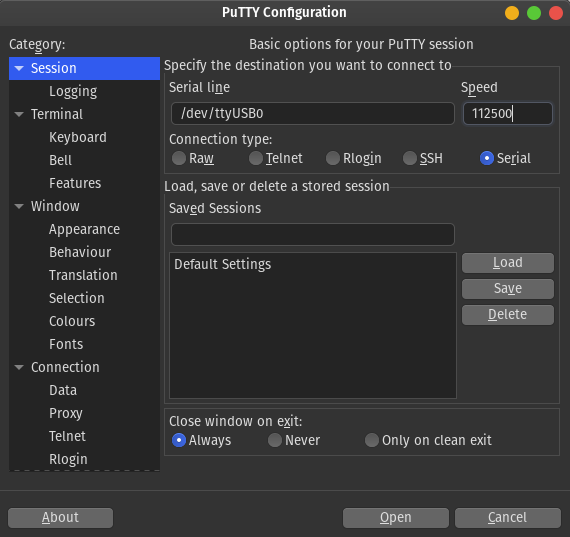

Note that the passphrase is not a password it is never sent to the remote system. You will be prompted for the passphrase you entered when you created the key, and then will be logged on using your public key. Exit the psftp program and restart it as before.It contains the line "Key xx.pub" and should not be changed. Note the presence of the "authorization" file.

Type "put xx.pub" and then look at the listing to ensure the key was uploaded. Use the MS-DOS lcd and cd commands as shown in the example above. ssh2 directory, then switch to the local directory where your public key was stored in Step 4, above.

Your private key is named "xx.ppk", where "xx" represents the account name you were issued. You have created a 1024 bit SSH2 key using the RSA algorithm. Give it the same name, but without the ".pub" extension, e.g. Then, press the " Save Private Key" button to save your private key. Thus, for our example, the public key would be named "xx.pub". Name it using the account name issued by the International Bureau, with the extension ".pub". Press the " Save Public Key" button to save your public key.The passphrase is never sent to the remote machine. You will be prompted for this passphrase whenever you use this key. Enter a good (at least 8 characters, with letters, numbers and punctuation marks) passphrase in the given blocks. When key generation is complete, you will be shown the screen below.Press the " Generate" button and follow the instructions on the screen. Select either "SSH2 RSA" or "SSH2 DSA" for the "Type of key to generate", with 1024 bit key size or greater. This application is used to create your authentication keys. Run the installer package and extract the PuTTY components.


 0 kommentar(er)
0 kommentar(er)
